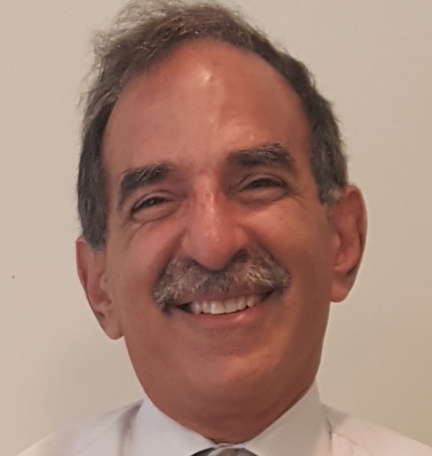In a recent Department of Homeland Security (DHS) investigation, “red teams” with the DHS Inspector General’s Office were able to sneak banned items through airport screening process 67 out of the 70 tests conducted across the nation – a 95% failure rate. From a public perception perspective, this is as bad as it gets. Realistically, it has to get better; it cannot get much worse. If the failure rate is really this high overall, then we might as well not have a Transportation Security Administration (TSA). To improve, tradeoffs will have to be made, and they all have costs. How much the failure rate changes will depend on how much people will want to pay.
For example, it is entirely possible that any new security measures would likely cause people to wait even longer in security lines, and many people may not mind. But according to the IFLY website, travelers at the Philadelphia International Airport experience wait times ranging from zero minutes to more than 20 minutes. If a 95% failure rate results in some people waiting longer than 20 minutes, then how would an 85% or 75% failure rate affect wait times? In other words, what is the marginal impact in wait times as a result of improving failure rates?
There are at least two answers. The first answer is: “Who cares?” There can never be too much security. The other answer is that, from an economics perspective, increasing costs (i.e., longer wait times and added stress) will cause some travelers to choose to drive to their destination rather than fly, or not travel at all. Those who do fly and wait in line longer (and with greater variation in wait times) will need more time to travel.
For the traveler, the economic impact in terms of waiting in line longer (i.e., spending more time at the airport) means less time to spend at work, less time to spend with children and less time for leisure. According to the U.S. Department of Transportation, plausible ranges in terms of travel time savings are between $27 and $41 per hour for personal air travel and between $49 and $69 per hour for business travel. This could be interpreted to mean that an extra hour of productivity, such as spending an extra hour at work, is valued between $49 and $69, depending upon the individual. So anything that makes the United States less competitive (increase in production costs) will have a negative economic impact on the U.S. economy.
The traveler may also choose to take another mode of transportation to their destination or not travel at all. This complicates the issue as well because, compared to driving, flying has been and continues to be the safer mode of transportation. Should an accident occur, then additional injuries or fatalities might result. In other words, the policy of added security that results in spending more time at the airport could result in more fatalities and injuries, causing an additional economic impact on society. For example, the U.S. Department of Transportation values a statistical life at $9.2 million. This is what individuals are willing to bear for improvements in safety to reduce the expected number of fatalities by one. Injuries prevented are valued at somewhat less. In short, additional fatalities and injuries that occur as a result of driving instead of flying also have an economic impact upon the United States.
This is an interesting conundrum. I support the security programs, when operated correctly, such as TSA’s Pre-Check or CBP’s Global Entry, because they require prior vetting before being admitted to the programs and continued vetting while in these programs. Being a participant achieves our nation’s security goals and being screened more quickly with fewer inconveniences. That means that people generally have to wait in lines for shorter periods of time and that these shorter wait times are more predictable.
I also support the notion of ensuring that our “red teams” continue to test our system, but at what cost? Regardless, the next few years should prove interesting in terms of the costs people are willing to incur versus added security measures.
-
anc1entmar1ner


